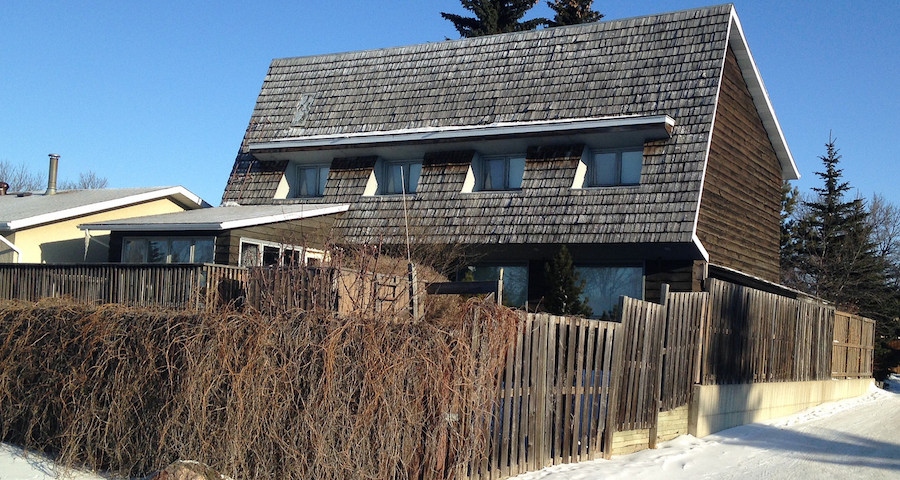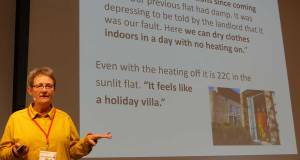
- Events
- Posted
Passive house 'Pioneer Award' to recognise 1970s Canadian house
At this year's International Passive House Conference in Germany, the Pioneer Award will recognise early Canadian landmarks in energy effiicent building, and in particular the groundbreaking Saskatchewan Conservation House.
Here's the full statement from the Passive House Institute:
This year's Pioneer Award, which recognizes the trailblazers of energy efficient construction, will go to Canada. In particular, the Saskatchewan Conservation House will be recognized, with which many features of the modern passive house standard were successfully tested in 1977. Against the backdrop of the oil crisis at the time, a broad team of experts looked at possibilities to significantly reduce the consumption of heating oil. Their studies showed that it was mainly a question of thermal protection of the building envelope. Canadian mechanical engineer, Harold Orr, one of the driving forces behind this project, will receive the Pioneer Award at the International Passive House Conference 2015 in Leipzig.
"Harold Orr and his collaborators already realised 40 years ago that efficiency is the key to sustainable construction, since energy which is produced in the summer cannot automatically be transferred to the winter," says Dr Wolfgang Feist, director of the Passive House Institute. The methods used for improving the energy efficiency of the Saskatchewan Conservation House were an important source of inspiration for the subsequent development of the passive house concept. "The building did not only have an excellent level of thermal protection, it was also constructed to be extremely airtight and as one of the first in the world, it had a ventilation system with heat recovery."
Initially, the government of the Canadian province of Saskatchewan had a building with active solar energy in mind when it made plans for an experimental solar building. However, as the team looked at the data, it quickly became apparent that this would not be practicable on account of the problem of storage; in the cold climate of the province’s capital Regina, the solar gains during the period from November to March would be too low. A double-skin construction was chosen in order to achieve optimal thermal protection. To ensure an airtight building envelope, Harold Orr and his colleagues had to carry out much of the work of air sealing themselves since there were no experts for such work at the time. In the 1970s, the Saskatchewan Research Council team also entered uncharted territory with regard to the windows, which were already triple-glazed in part. Another crucial part of the building concept was a water tank that captured heat from the sun during the daytime, which could be stored for a short period and thus be used for heating the building at night.
The Pioneer Award was initiated by the Passive House Institute. It will be awarded for the fourth time at the International Passive House Conference 2015 in Leipzig. Previous award recipients include the Rocky Mountains Institute of Amory Lovins in the US State of Colorado, the Philips Experimental House in Aachen (Germany) where research was carried out by a team led by Dr Bernd Steinmüller, and the DTH Zero Energy House in Copenhagen, which was constructed under the direction of Vagn Korsgaard. "All of these early projects laid the foundation for subsequent developments towards greater energy efficiency in construction and refurbishment," says Wolfgang Feist, who will present this year's award on 18 April in Leipzig. "With the Pioneer Award we wish to remember and honour these important historical milestones."
The success of the Saskatchewan Conservation House was made possible through the engagement of the many experts involved in the project. In addition to Harold Orr, those responsible were Dave Eyre, Dave Jennings, Deryl Thomson, Harry Filson, Hendrik Grolle, Bill Gibbons, Rob Dumont, George Green, Robert Besant, Garry Marvin, Fred Heal and others. A detailed description of the project, written by Harold Orr, can be found on Passipedia.






